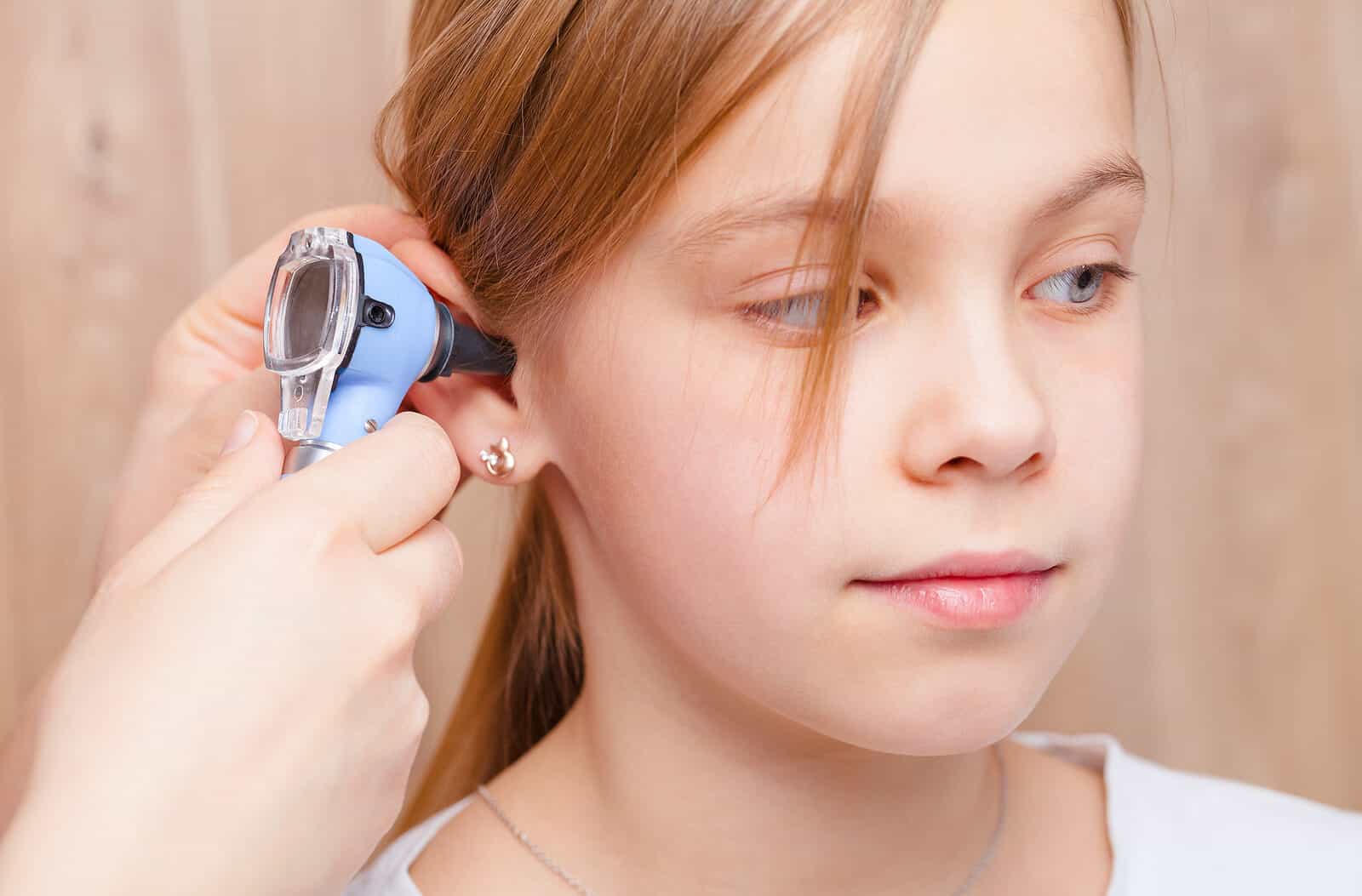
- Tips for Veterans Dealing With Hearing Loss - April 25, 2024
- How to Properly Clean Your Hearing Aids - April 15, 2024
- How to Handle Ear Infections With Hearing Aids - April 5, 2024
Hearing loss is a prevalent and often misunderstood condition, affecting millions of individuals worldwide. Despite its widespread occurrence, numerous misconceptions surround hearing loss. As hearing professionals, it is our responsibility to address these misconceptions, while also highlighting the latest advancements in hearing loss prevention, diagnosis, and management. In this article, we will shed light on common myths, discuss cutting-edge research, and underscore the critical importance of early detection and intervention.
Myth #1: Hearing Loss Only Affects the Elderly
One of the most common misconceptions is that hearing loss is solely an issue for the elderly. While it is true that age-related hearing loss, or presbycusis, is prevalent among older individuals, hearing loss can affect people of all ages. Recent studies have shown that noise-induced hearing loss (NIHL) is on the rise among younger generations due to increased exposure to loud music and environmental noise. Thus, hearing loss is not limited to the elderly, making regular hearing check-ups important for individuals of all age groups.
Myth #2: Hearing Loss Is Inevitable
Contrary to popular belief, hearing loss is not an unavoidable consequence of aging or exposure to loud noises. There have been significant advancements in hearing loss prevention. For example, the use of hearing protection devices, such as custom earplugs and noise-cancelling headphones, can effectively reduce the risk of hearing damage caused by excessive noise. Additionally, public awareness campaigns have helped educate individuals about the importance of protecting their hearing, which has led to a decrease in preventable hearing loss cases.
Myth #3: Hearing Aids Are Ineffective and Bulky
Another misconception is that hearing aids are ineffective, uncomfortable, and conspicuous. In recent years, hearing aid technology has made substantial strides, with devices becoming smaller, more discreet, and highly effective. The development of digital hearing aids with advanced signal processing capabilities has significantly improved sound quality and speech understanding. These devices can be customized to an individual’s specific hearing needs, ensuring a more comfortable and inconspicuous fit.
Myth #4: “I Can’t Have Hearing Loss; I Can Still Hear Some Sounds”
Hearing loss can be a gradual and complex condition, and it does not always result in complete silence. Many people with hearing loss can still hear some sounds or engage in everyday conversations, leading them to believe their hearing is normal. However, it’s essential to recognize that hearing loss often starts with difficulty in hearing specific frequencies or in noisy environments. Untreated hearing loss can lead to social isolation, mental health issues, and cognitive decline. Early detection and intervention can significantly improve the quality of life for those affected by hearing loss.
The Importance of Early Detection
Early detection of hearing loss is crucial for effective management. Research has shown that the longer hearing loss remains untreated, the more difficult it is to adapt to hearing aids or other interventions. Early detection can help preserve cognitive function, improve communication, and enhance overall well-being.
Advancements in Hearing Loss Diagnosis
The diagnosis of hearing loss has also seen significant advancements. Comprehensive audiological assessments now incorporate a range of tests to pinpoint the type and severity of hearing loss. These assessments help hearing professionals create tailored treatment plans. Some of the latest diagnostic tools and techniques include:
Otoacoustic Emissions (OAE):
OAE testing measures the response of the inner ear to sound and can help identify issues with the hair cells in the cochlea. This test is often used for newborn hearing screenings.
Auditory Brainstem Response (ABR):
ABR testing measures the brain’s response to sound and is particularly useful in diagnosing neural hearing loss, such as that caused by tumors or neurological disorders.
Speech-in-Noise Testing:
This assessment evaluates an individual’s ability to understand speech in challenging listening conditions, simulating real-world situations.
Management of Hearing Loss
Effective management of hearing loss involves a combination of strategies that address the individual’s unique needs. Some of the latest developments in hearing loss management include:
Telehealth Services:
The COVID-19 pandemic accelerated the adoption of telehealth services, allowing individuals to consult with hearing professionals remotely. This has made hearing healthcare more accessible and convenient.
Cochlear Implants:
For individuals with severe to profound hearing loss who do not benefit from hearing aids, cochlear implants provide a remarkable solution. These devices bypass damaged hair cells in the inner ear and stimulate the auditory nerve directly.
Advances in Hearing Aid Technology:
Hearing aids are now equipped with artificial intelligence, allowing for automatic adjustments to different listening environments. They can connect wirelessly to smartphones and other devices for improved connectivity and sound quality.
Assistive Listening Devices (ALDs):
ALDs, such as FM systems and Bluetooth accessories, can enhance communication in challenging situations, such as in noisy restaurants or large gatherings.
Futuristic Interventions
The future of hearing healthcare holds exciting possibilities. Researchers are exploring gene therapy, regenerative medicine, and other innovative approaches to restore or preserve hearing. Additionally, wearable technology and augmented reality (AR) devices may soon provide individuals with hearing loss new ways to interact with their environment.
Dispelling common misconceptions about hearing loss is essential for promoting better hearing health. The latest advancements in prevention, diagnosis, and management have revolutionized the way we approach hearing loss. Early detection is critical, and with the advent of telehealth services and cutting-edge diagnostic tools, it has never been more accessible. The management of hearing loss has also seen significant improvements, with the development of highly effective and discreet hearing aids, cochlear implants, and assistive listening devices. As we look toward the future, innovative interventions offer hope for individuals with hearing loss. By staying informed and addressing misconceptions, we can ensure that those affected by hearing loss receive the support and care they need to lead fulfilling lives.
